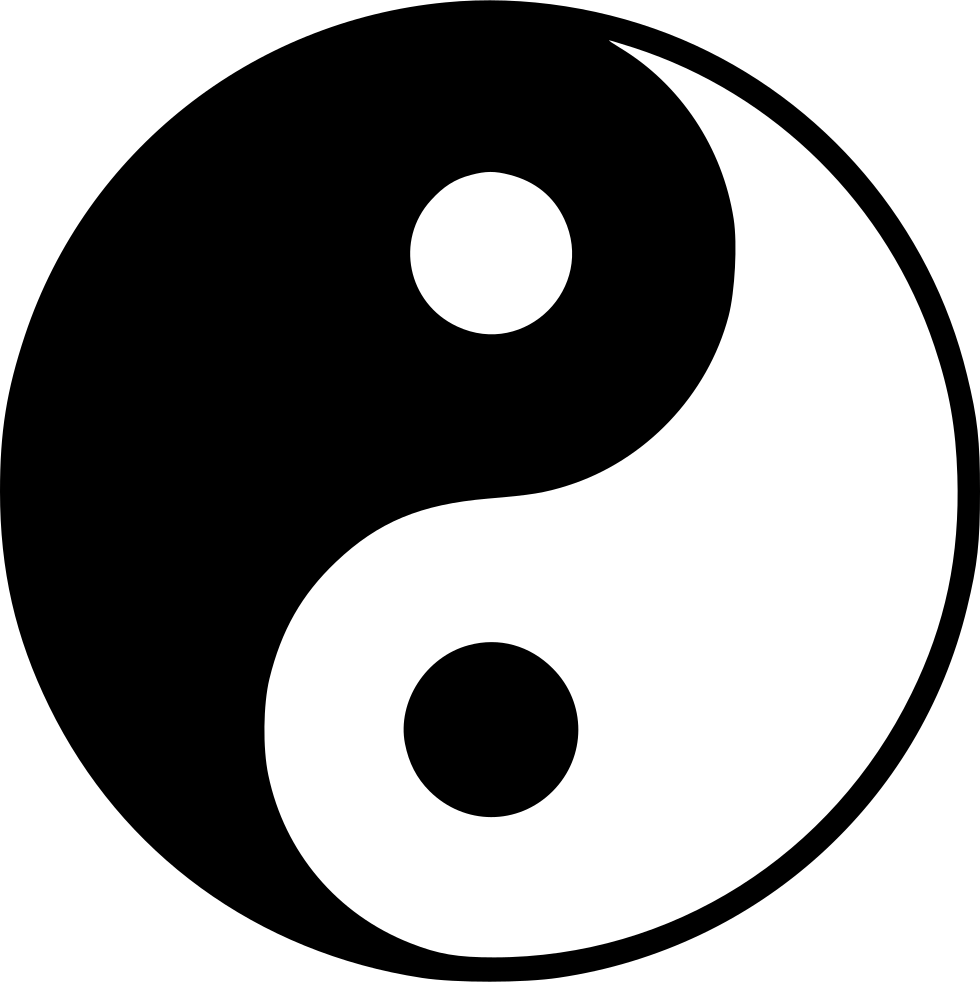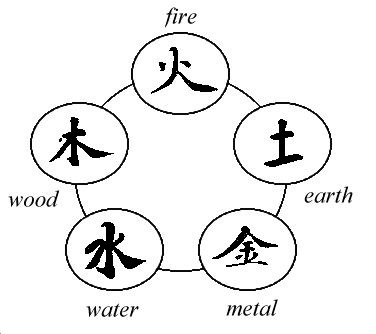

All matter (with few exceptions like dark matter) emit electromagnetic fields.
The human body behaves like a black body radiator (Gustav Kirchoff, 1860) in the infrared spectrum.
The heart (measured by EGG), the brain (measured by EGK), the charged ions of our cells, and thermal radiation produced by the natural heat transfer processes are the main sources of human bioelectromagnetism.
Dating back to 1500 BCE to early centuries BCE, Vedic texts Sama Veda, Gandharva Veda, and Raga Chikitsa gather chants and texts
that consider ragas as vibrational tools that influence the flow of prana (life force) and the environment.
In Indian classical music each raga is performed according to its proper time of the day/season/mood/festivity.

In Chinese the word 'medicine' (藥) derives from 'music' (樂) by adding the radical "herb".
黄帝内经 (*Huangdi Neijing*), "The Yellow Emperor’s Inner Canon,"
a foundational text of Chinese medicine from the 3rd century BC related the major organs
to the 5 elements of Chinese cosmology (五行 and the 5 tones of the traditional scale:
Gong (宫): earth, spleen, percussion, worry/overthinking.
Shang (商): metal, lungs, dizi flute, sadness.
Jiao (角): wood, liver, guqin, anger.
Zhi (徵): fire, heart, erhu, joy.
Yu (羽): water, kidneys, singing bowls, fear.
This relationship appears in 吕氏春秋 (*Lüshi Chunqiu*), "The Annals of Lü Buwei".
This five elements are fundamental for Aramo's CI Somatic Communication.
Some Chinese musical instruments, specially the guqin, are instruments for practicing meditation and health.
Confucianism focus on the importance of music for harmonizing social life relates to later platonic musical ethics
Instead, Daoism views on how music mirrors nature tunes in with Pythagoras metaphysics, harmony and health.

Marcilio Ficino "All Things Natural" and "Three Books on Life", Richard Browne’s "Medicina Musica", Carl Jung's letters, Avicenna "Cannon of medicine" also wrote important works on the effect of music on harmonizing the body.
Different interpretations of affect are at the core of diverse musical traditions from maqam, to Western baroque Affektenlehre theories, to current IDM.
Even so, anthropologists have problematized structuralist ideals about an aesthetic/ethical compehensive system of human music.